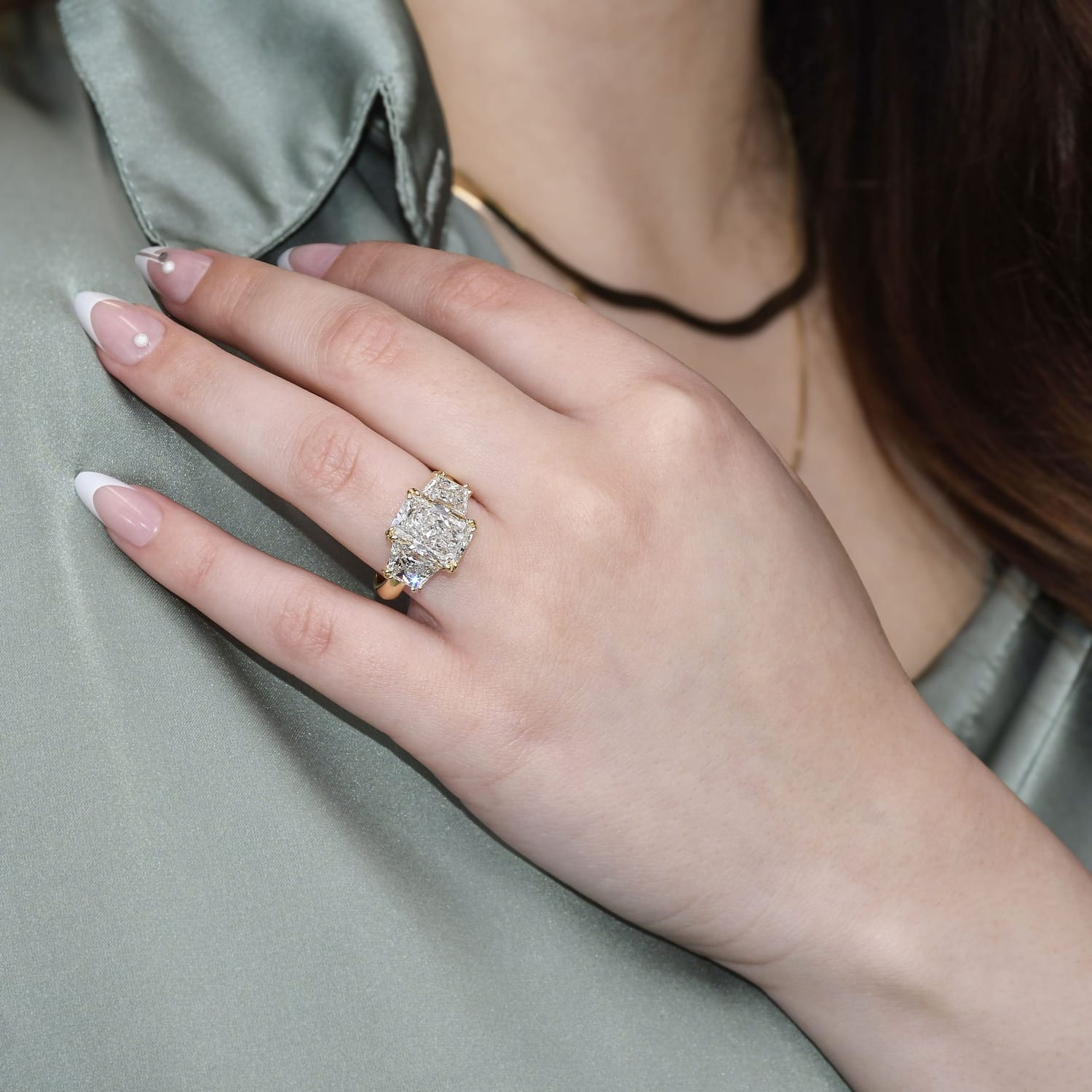Gemstone Education: Rubies - The Essence and Creation of Rubies

Ruby Formation: Nature's Artistry
Ruby is a variety of the mineral corundum and is sister to sapphire, distinguished primarily by its rich red color caused by chromium impurities. The formation of rubies requires specific conditions—mainly the right amount of heat, pressure, and chemical elements—making their occurrence a rare and special event.
Chromium is the key element that gives rubies their iconic red color by replacing some of the aluminum atoms in the corundum (aluminum oxide) structure. This substitution allows rubies to absorb green and blue light, reflecting red light which we perceive as their characteristic hue. Additionally, chromium can contribute to fluorescence in rubies, a property that can enhance their appearance under certain lighting conditions by making them appear more vibrant.
However, not all rubies exhibit fluorescence. The presence of iron in the crystal structure of some rubies inhibits this property by absorbing the energy that would otherwise be emitted as light. Rubies with higher iron content, often found in basaltic environments, typically show little to no fluorescence. Although fluorescence can increase a ruby’s appeal and value, especially if the stone exhibits a strong, bright red glow, its absence does not necessarily detract from the gem's overall value. The value and desirability of a ruby are determined by a combination of factors, including its color intensity, clarity, cut, and carat weight, rather than fluorescence alone.
Marble-hosted vs. Basalt-hosted Rubies
Rubies are typically found in two types of geological settings: marble-hosted, which often produces the intensely colored stones with minimal iron content, and basalt-hosted, where the rubies tend to have higher iron content and a darker, less intense color. Understanding these differences is crucial for gemologists and collectors to assess the quality and origin of rubies.


